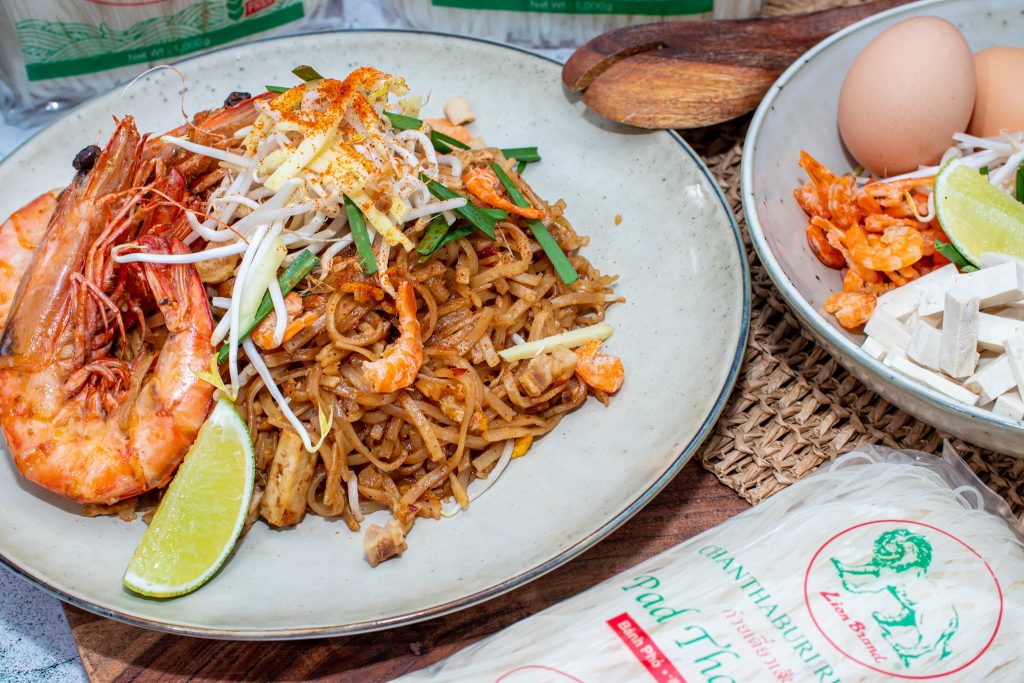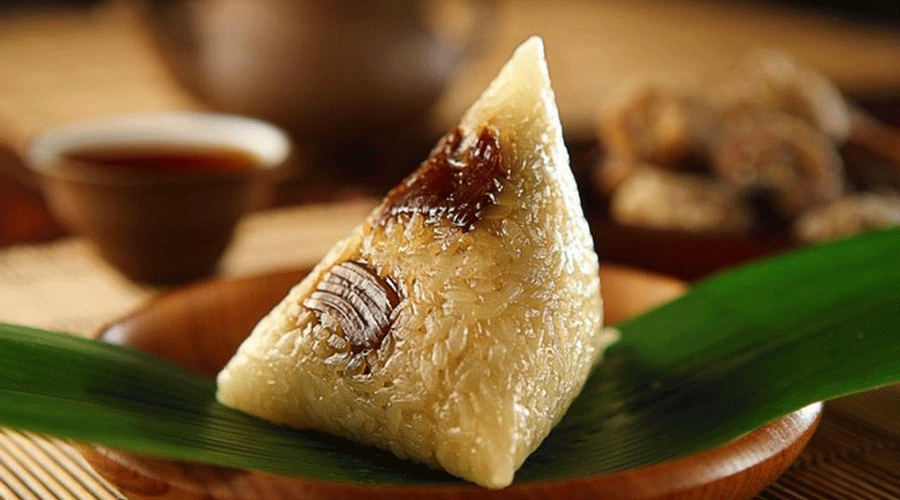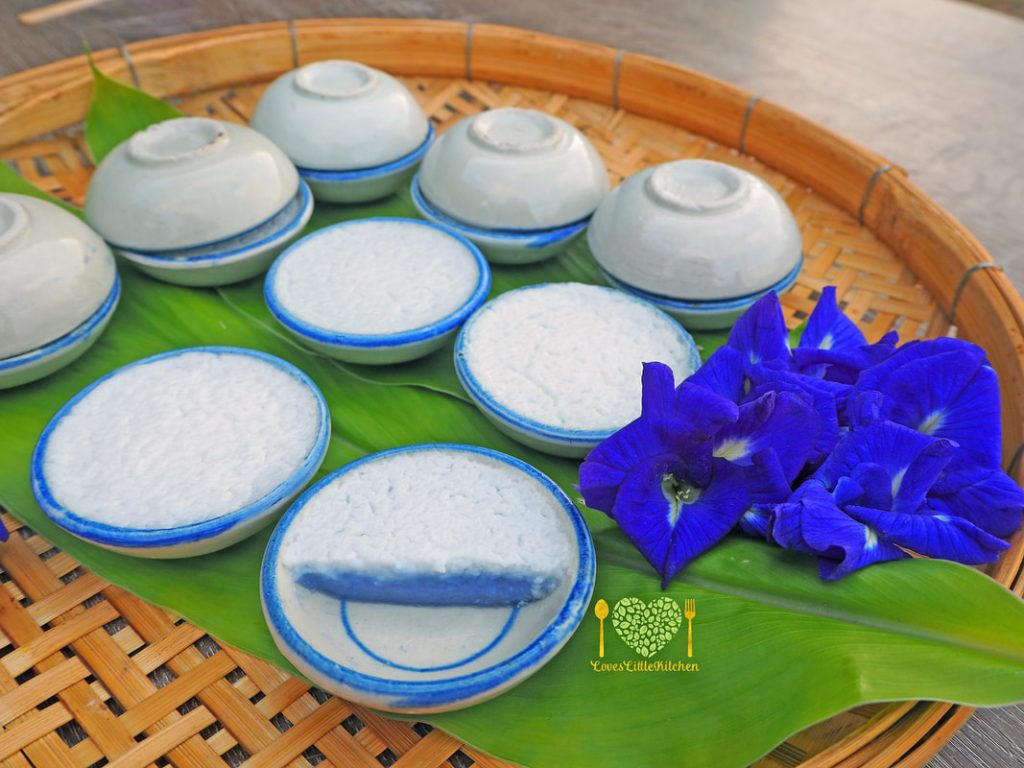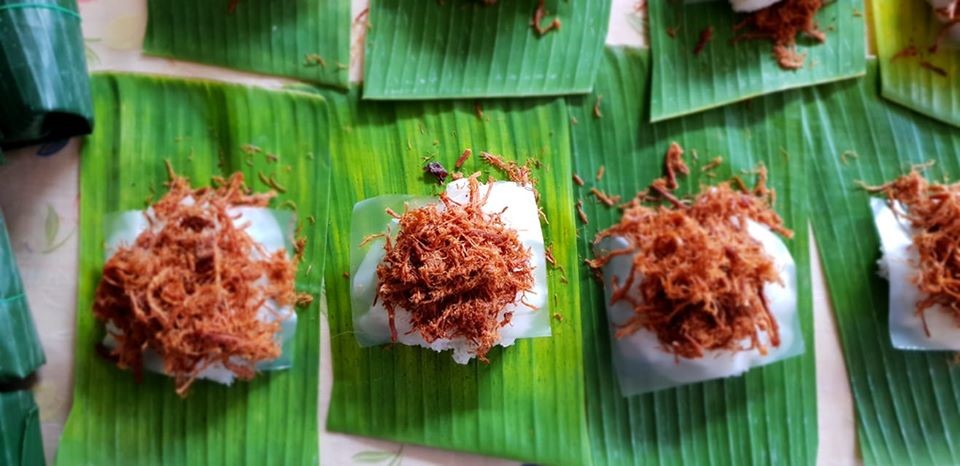But what’s the fuss about? What is the difference between new crop and old crop rice?
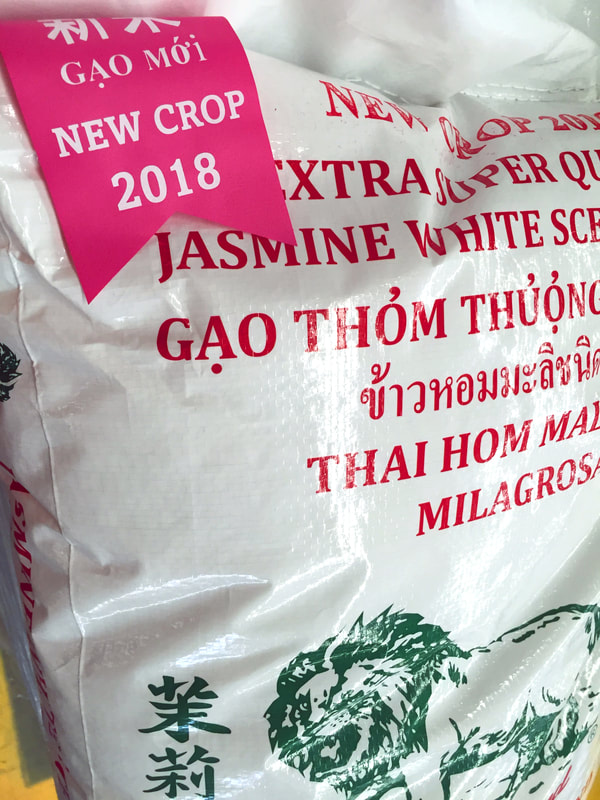
Thus it is important to try to preserve the 2-AP content of rice, and also to consume as close to harvest as possible to maximise the aromatics and flavour.
The reasons for the textural change in rice due to aging are very complex (we will investigate this in a later post) however (on a very simple basis) old crop rice has limited water penetration and starch leakage, leading to an increased firmness and reduced stickiness in the cooked rice texture. New crop rice requires less water and cooking time, with a softer stickier texture.
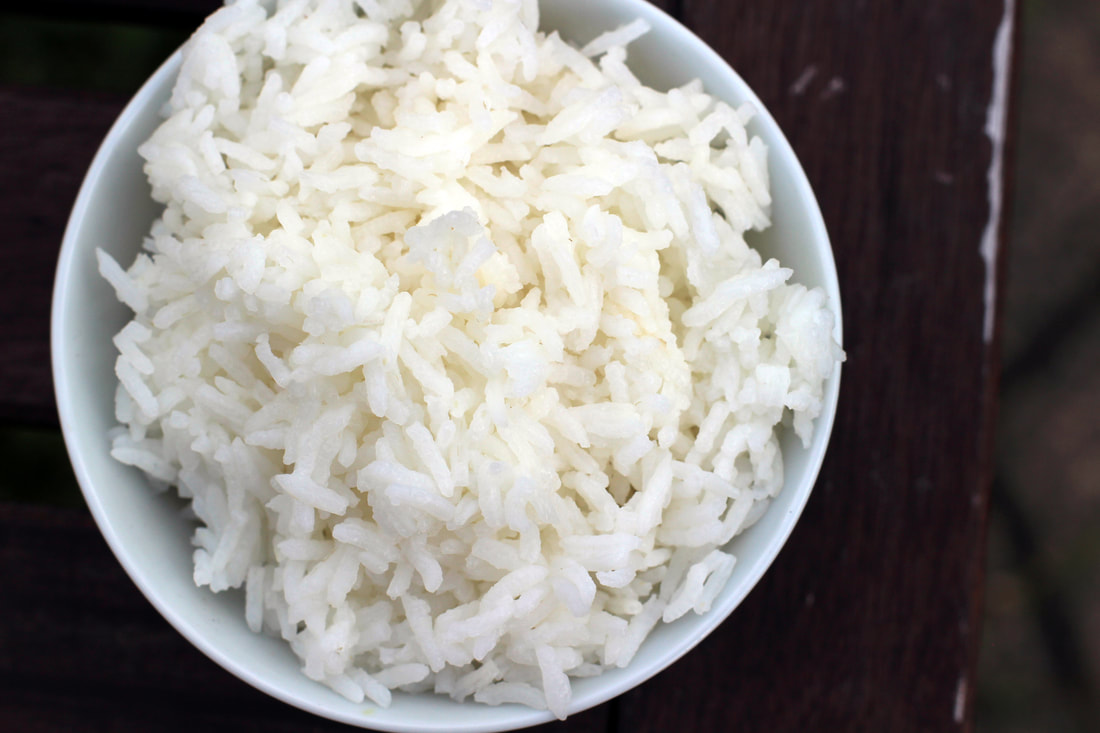
The Short Version
New Crop Rice: Aromatic and flavourful with a softer, stickier texture.
Old Crop Rice: Less aromatic with a firm, dry texture when cooked.
References
Yoshihashi T N, Huong N T T, Surojanametakul V, Tungtrakul P, Varanyanond W (2005). Journal of Food Science, 70: S34–S37
Effect of storage conditions on 2-acetyl-lpyrroline content in aromatic rice variety, Khao Dawk Mali 105.
Goufo, P., Duan, M., Wongpornchai, S. et al. Front. Agric. China (2010) 4: 1.
Some factors affecting the concentration of the aroma compound 2-acetyl-1-pyrroline in two fragrant rice cultivars
Z. Zhou, K. Robards, S. Helliwell and C. Blanchard Journal of Cereal Science
Volume 35, Issue 1, January 2002, Pages 65-78
Ageing of Stored Rice: Changes in Chemical and Physical Attributes



